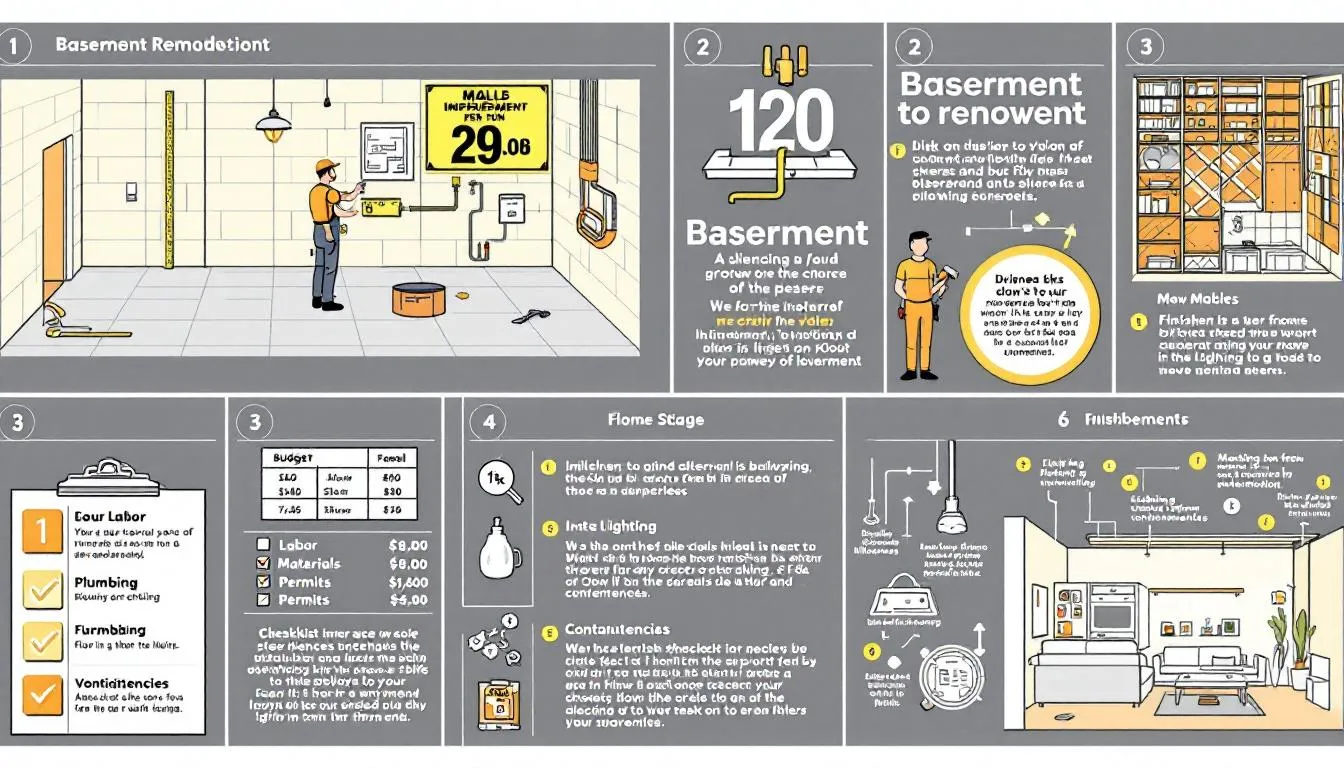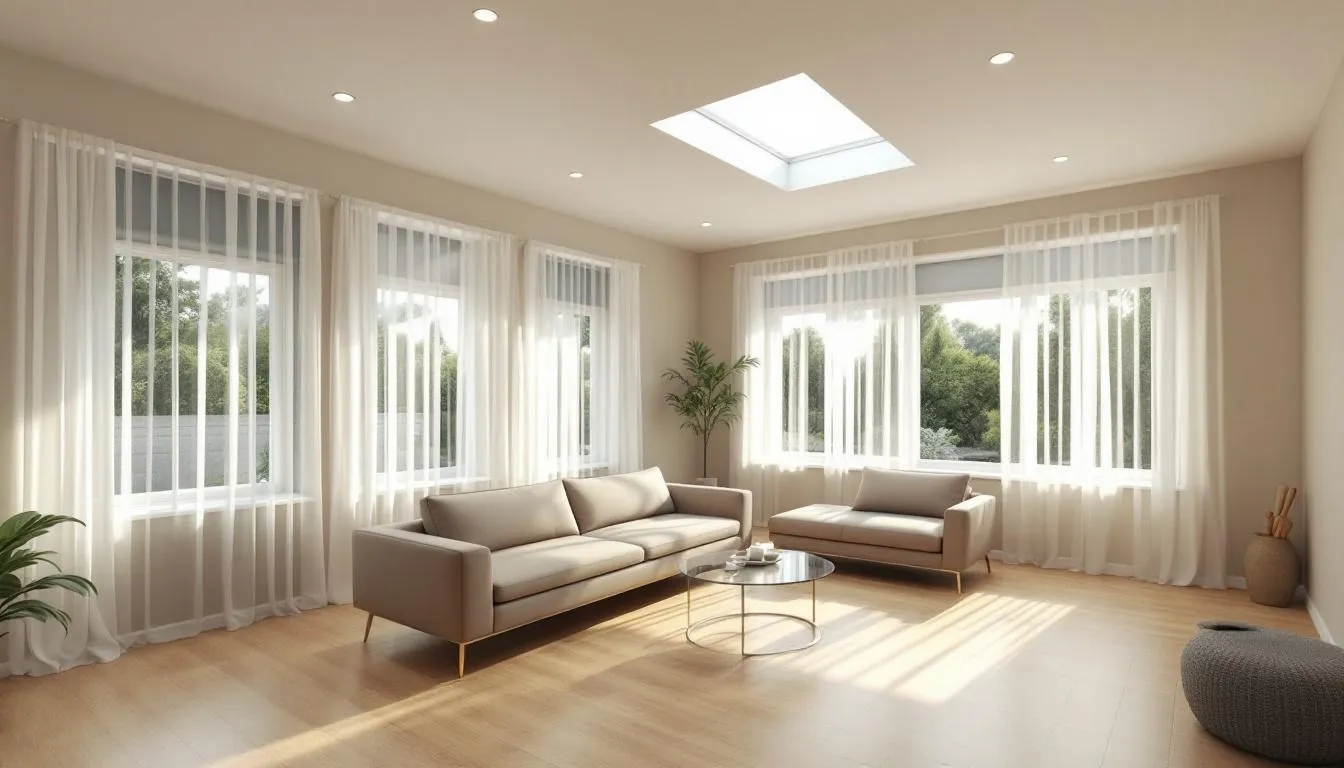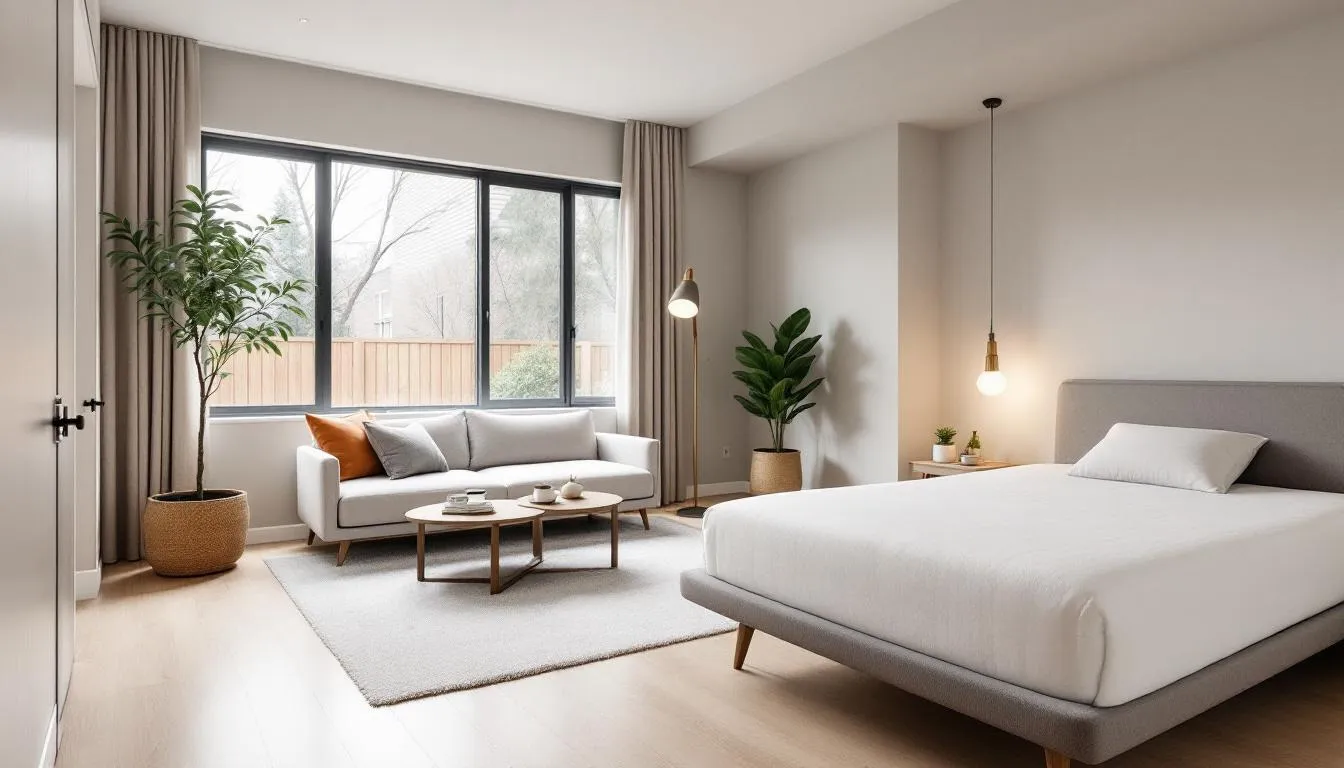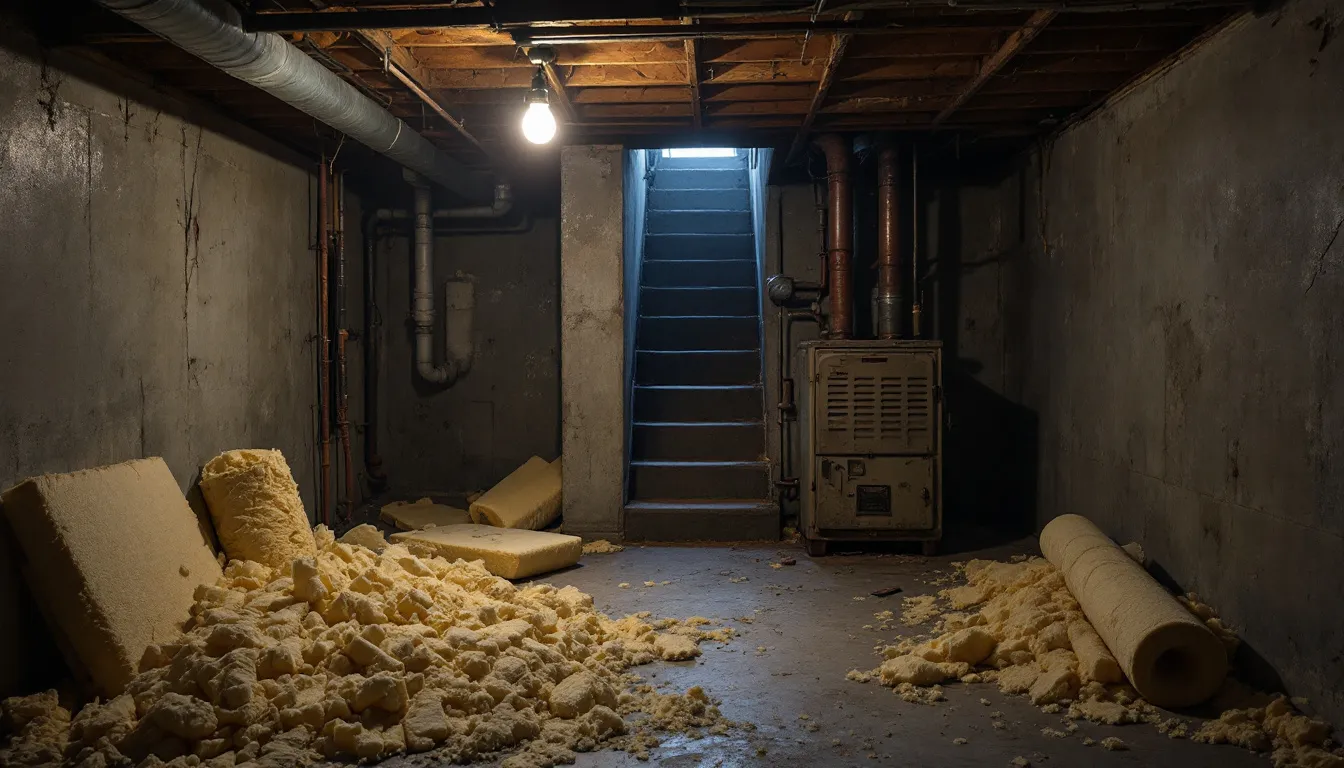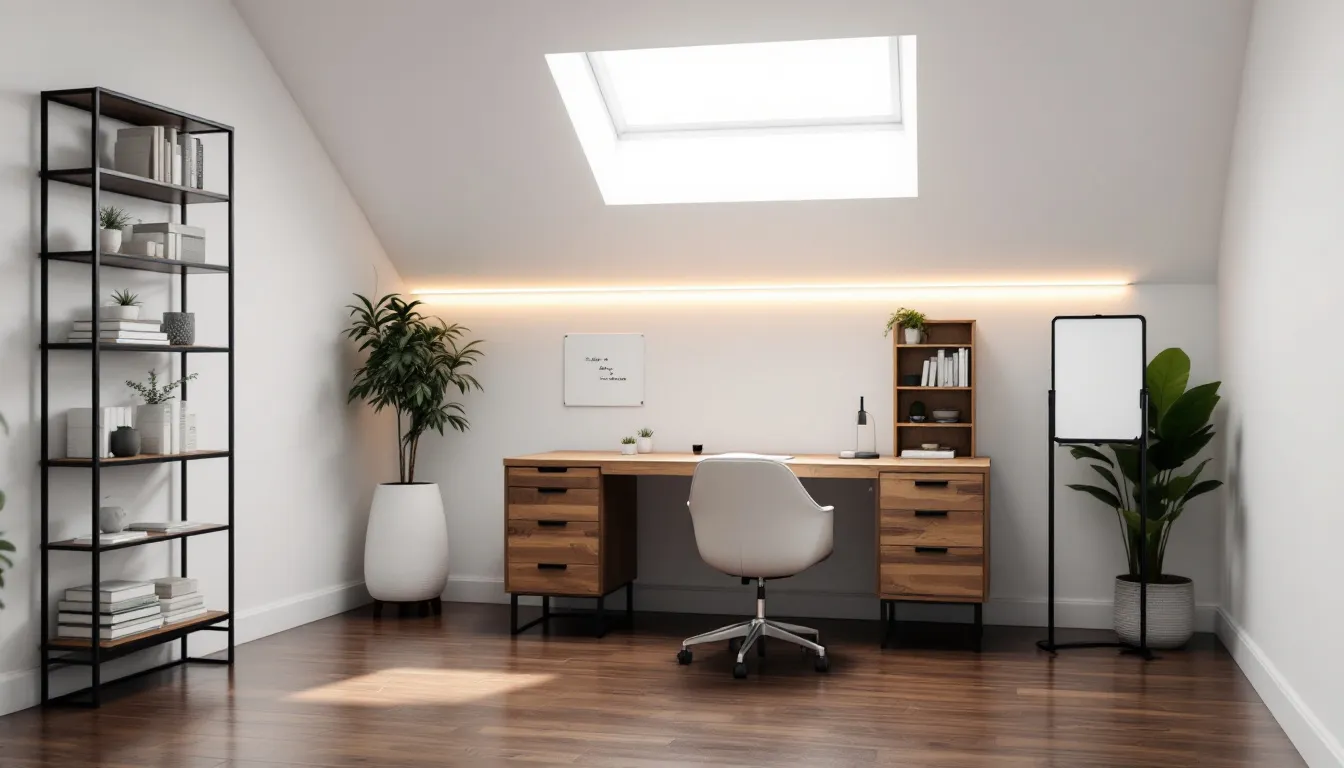Finished vs Unfinished Basements: Which Is Right for You?
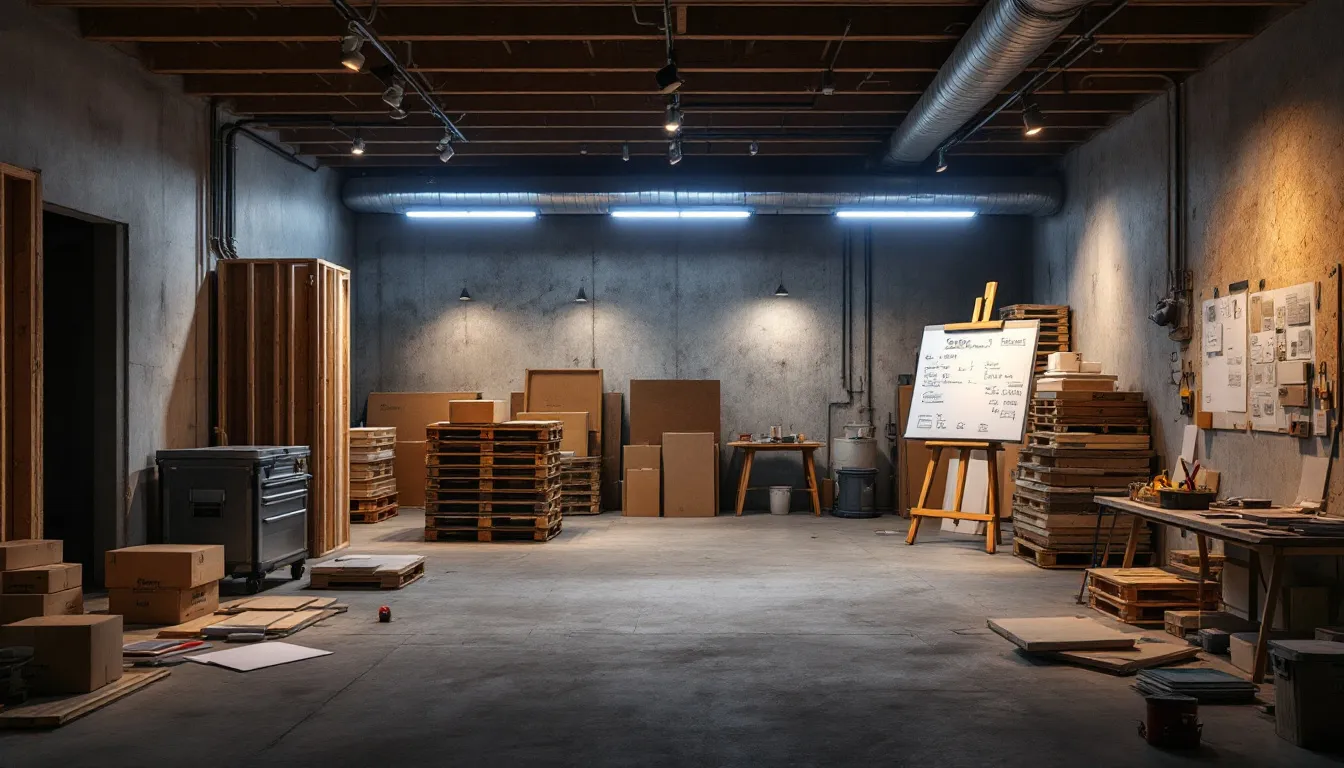
Unfinished basements, on the other hand, are characterized by their raw, utilitarian nature. Lacking finished walls, ceilings, and a finished floor, these basements often feature exposed pipes, small windows, and cold concrete floors. Despite their less appealing appearance, finished or unfinished basement options offer significant cost savings and the flexibility for future projects.
They can be transformed at any time, allowing homeowners to plan and budget accordingly.
Storage and Utility
Unfinished basements excel in practicality, serving as excellent storage spaces. They provide ample room for seasonal items such as holiday decorations, sports gear, and tools. Many homeowners find these basements ideal for workshops or utility rooms due to the lower costs involved.
Utilizing this underutilized storage space can help keep the rest of the house clutter-free, making it a valuable asset for additional living space and livable space.
Cost Considerations
One of the primary advantages of keeping a basement unfinished is the cost savings. Simple tasks like painting walls and installing flooring can be manageable DIY projects, saving significant costs compared to a full remodel.
However, it’s important to consider that opting to finish an unfinished basement later can lead to unexpected future expenses, including potential upgrades and compliance costs. Evaluating your financial capacity and living requirements is crucial before making a decision.
Maintenance and Repairs
Maintenance of unfinished basements is generally minimal, making them easier to manage than finished spaces. However, without proper heating and air conditioning, these basements may suffer from issues like dampness or excessive cold. Regular checks for moisture and mold are advisable to prevent long-term damage.
By keeping up with basic maintenance, homeowners can ensure their unfinished basement remains a usable and safe space.
The Middle Ground: Partially Finished Basements
Partially finished basements offer a balance between the raw utility of unfinished basements and the comfort of fully finished ones. These spaces have some completed areas while leaving others untouched, providing improved air circulation and a less cramped feel compared to completely unfinished spaces.
Careful planning allows homeowners to enhance ceiling height, utilize existing floors, and overcome structural limitations, creating a versatile and functional area.
Design Flexibility
Partially finished basements provide an excellent opportunity for homeowners to express creativity. They can customize their spaces with personal touches, such as building shelves or storage units, framing walls, or installing drywall. This approach allows for a level of comfort and utility without the need for a complete remodel, making it an affordable option for many.
DIY enthusiasts can enjoy the challenge of personalizing their basement, enhancing both functionality and aesthetic appeal.
Budget-Friendly Upgrades
Budget-friendly upgrades are a hallmark of partially finished basements. Simple DIY projects like installing removable wall panels, adding decorative lighting, and painting can significantly enhance the look and utility of the space without breaking the bank during a basement remodel.
By assessing your budget beforehand, you can identify feasible enhancements and plan for any additional funds that might be needed later. This approach makes partially finishing your basement a cost-effective way to add valuable living space.
Benefits of Finishing Your Basement
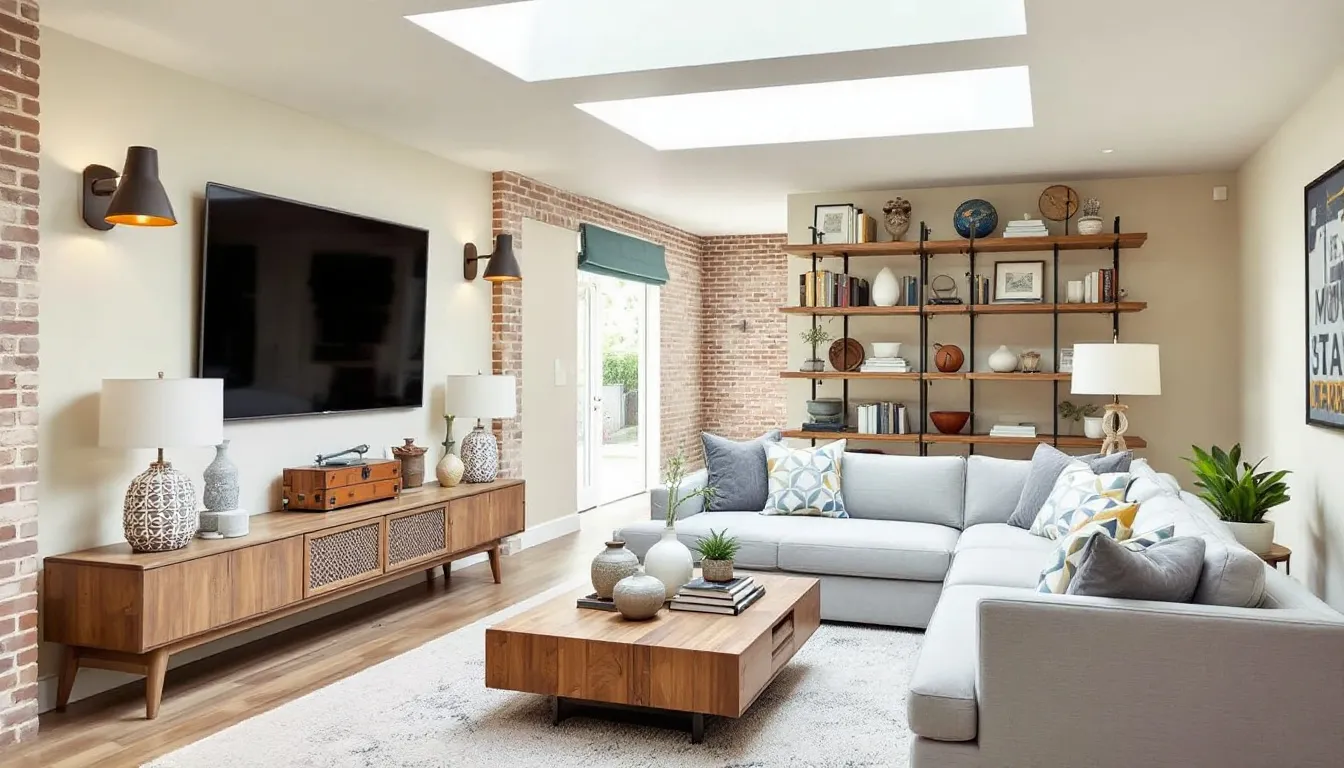
Finishing your basement offers numerous benefits, transforming it into a valuable living space. This added space can accommodate various activities, enhancing daily family life. Moreover, a finished basement can significantly improve property value, making it a worthwhile investment.
Even partially finishing a basement allows homeowners to create versatile functional spaces, such as gyms or play areas, without the cost of full remodeling.
Boosting Home Value
A finished basement can significantly increase a home’s property value. Adding a bedroom in the basement can substantially enhance home value, with some regions seeing a return on investment of up to 86%. If homeowners plan to sell in the near future, a finished basement may attract potential buyers, making it a strategic move.
Assessing the housing market can provide insights into whether this investment will be beneficial for your property.
Creating Extra Living Space
A finished basement serves versatile purposes, including a home office, gym, or family room, significantly enhancing the livable area of a home. This extra living space can provide areas for various activities such as entertainment, sleeping, or relaxation, making the home more functional.
Additionally, converting an unfinished basement can create an additional source of income if used as a rental space.
Enhancing Family Life
A finished basement can enhance family life by offering a private, inviting atmosphere for relaxation and hobbies. For larger families, this extra space can be used for entertaining, allowing other floors to remain peaceful.
Considering future lifestyle changes, such as family expansion, is crucial when deciding on basement finishing to ensure it meets long-term needs.
Drawbacks of Finishing Your Basement
While finishing your basement has many benefits, it also comes with challenges. High costs can be a significant downside, including hidden expenses. Additionally, increased maintenance is required to keep the space in good condition, including moisture control and mold removal.
Ensuring compliance with local building codes is another critical factor, often necessitating the hiring of professionals.
High Costs
Finishing a basement can be expensive, with costs ranging from $15,000 to $75,000 depending on the size and quality of materials. Homeowners should be aware of potential hidden costs when budgeting for basement finishing.
Despite the high costs, a well-finished basement can add significant value to a home, making it a worthwhile investment for some.
Increased Maintenance
Maintaining a finished basement requires more effort compared to unfinished spaces. Moisture control is crucial to prevent damage and mold growth, with dehumidifiers recommended to combat humidity and maintain air quality.
Regular cleaning and upkeep are necessary to ensure the space remains inviting and functional.
Compliance with Building Codes
Compliance with local building codes is essential when finishing a basement. Permits for plumbing, electrical work, and general construction ensure safety and legal clearance. Hiring professionals can help navigate these regulations and ensure the finished basement meets all necessary standards.
Failure to adhere to codes can result in halted construction and additional costs.
Deciding Factors: Finished vs Unfinished Basement
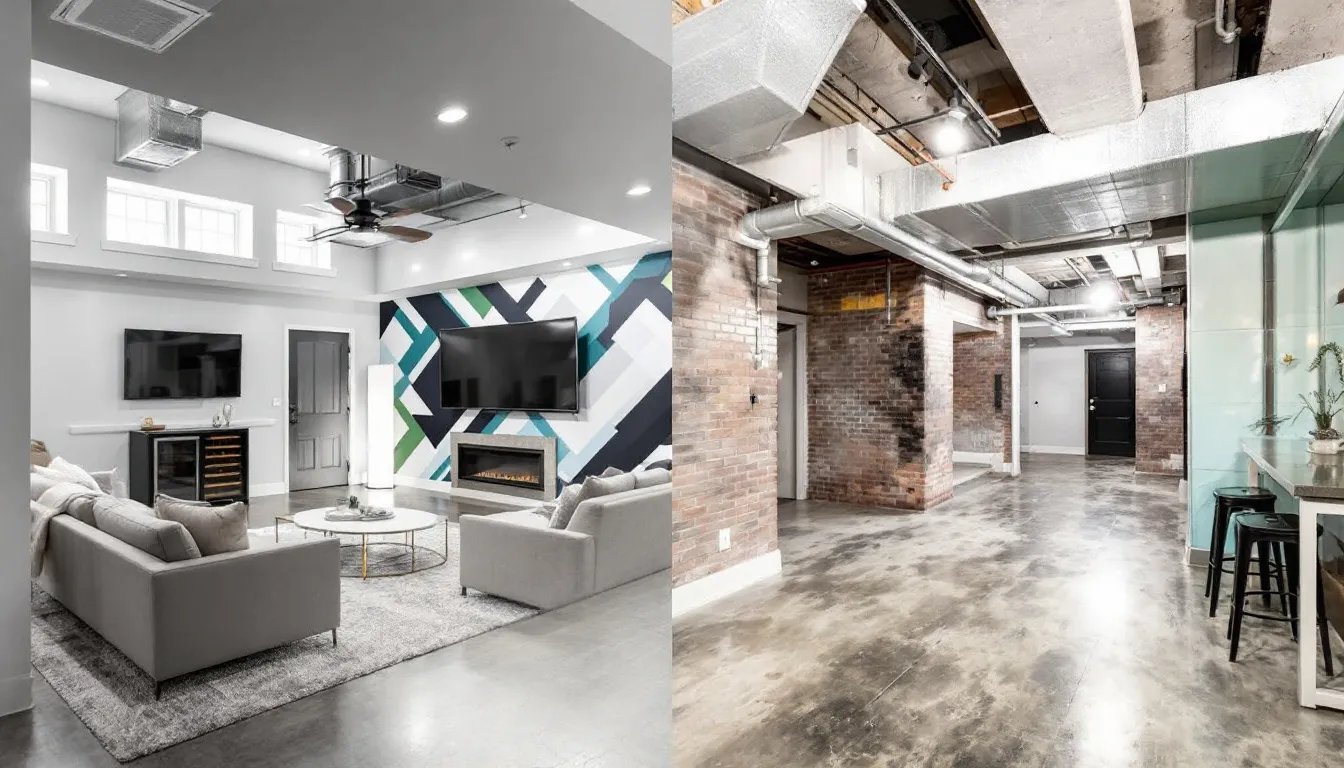
Deciding between a finished and unfinished basement depends on various factors. Considering the intended use, budget, and future plans are crucial in making this decision. Homeowners should weigh the benefits and disadvantages of each option, ensuring their choice aligns with their lifestyle and long-term goals.
Intended Use
The intended use of the basement plays a significant role in the decision-making process. Unfinished basements are typically used for storage, recreation, and workout areas. Cost-effective strategies for partially finishing a basement include using existing concrete floors and upgrading lighting fixtures.
Enhancing a basement’s usability can be achieved through modular furniture and floating flooring, providing insulation and aesthetic appeal without extensive renovations.
Budget Assessment
Assessing your budget is crucial when deciding whether to finish a basement. The financial outlay can vary widely based on design and renovation choices. Homeowners should factor in additional expenses such as electricity and plumbing when calculating the budget.
Thoroughly evaluating remodeling costs, including labor and materials, ensures a well-planned and financially viable project.
Future Plans
Considering future plans, such as selling the house or expanding living space, is essential when deciding to finish a basement. Adhering to local building codes, including the installation of egress windows, ensures future compliance and safety.
Planning for future needs and regulations can help avoid potential issues and additional costs down the line.
DIY vs Professional Basement Finishing
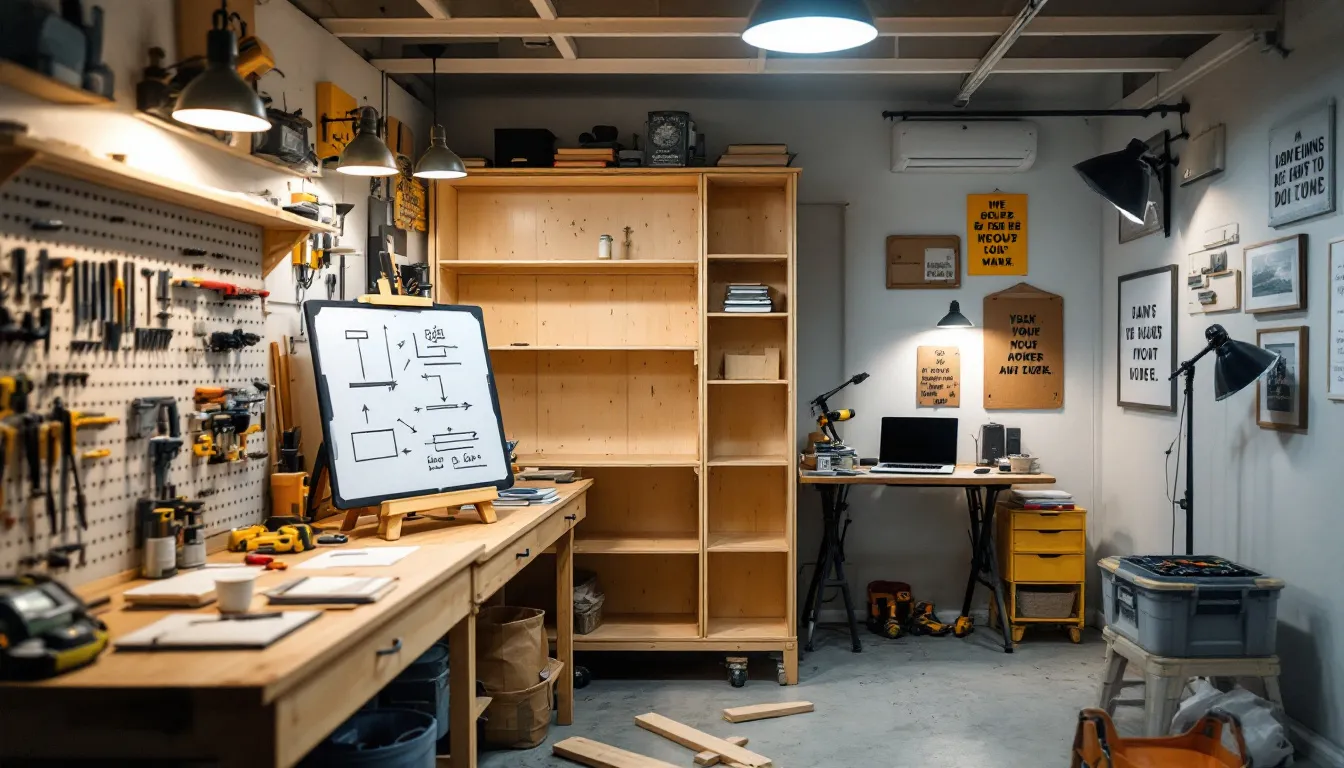
The choice between DIY and professional basement finishing depends on various factors, including cost, skills, and the complexity of the work involved. While DIY projects can save costs, they may lead to potential mistakes if skills are lacking.
Homeowners should weigh their abilities and the importance of a finished project against the cost and peace of mind that a professional can provide.
Suitable DIY Projects
DIY enthusiasts can tackle manageable tasks like framing, drywall installation, and flooring. However, it is crucial to assess skills realistically and prioritize safety and compliance with building codes.
Successfully completing these projects can be rewarding and cost-effective, but it’s important to know your limits.
When To Hire Professionals
For tasks requiring strict safety and code compliance, hiring licensed professionals is essential. Professionals ensure that electrical work, plumbing, and overall construction meet safety standards and local building codes.
A free consultation with a professional can provide valuable insights into the feasibility and costs associated with your basement finishing project, helping you make an informed decision on whether to DIY or hire experts.
Summary
Deciding whether to finish your basement involves weighing the benefits and drawbacks of finished vs unfinished basements. Finished basements offer extra living space and can significantly boost home value, but they come with higher costs and increased maintenance. Unfinished basements provide cost savings and storage utility, making them a practical choice for many homeowners.
Partially finished basements present a middle ground, allowing for budget-friendly upgrades and design flexibility. Ultimately, the decision should be guided by your intended use for the space, budget constraints, and long-term plans for your home.
Whether you choose a DIY approach or hire professionals, ensure compliance with local building codes and prioritize safety. By carefully considering all factors, you can make an informed choice that meets your needs and enhances your home’s functionality and value.
Ready to transform your basement into a space that works for you? Let your creativity and practical needs guide you!
Ready to work with Basement Remodeling Long Island?
Let's connect! We’re here to help.
Send us a message and we’ll be in touch.
Or give us a call today at 646-801-1701
Agency Contact Form
More Marketing Tips, Tricks & Tools
